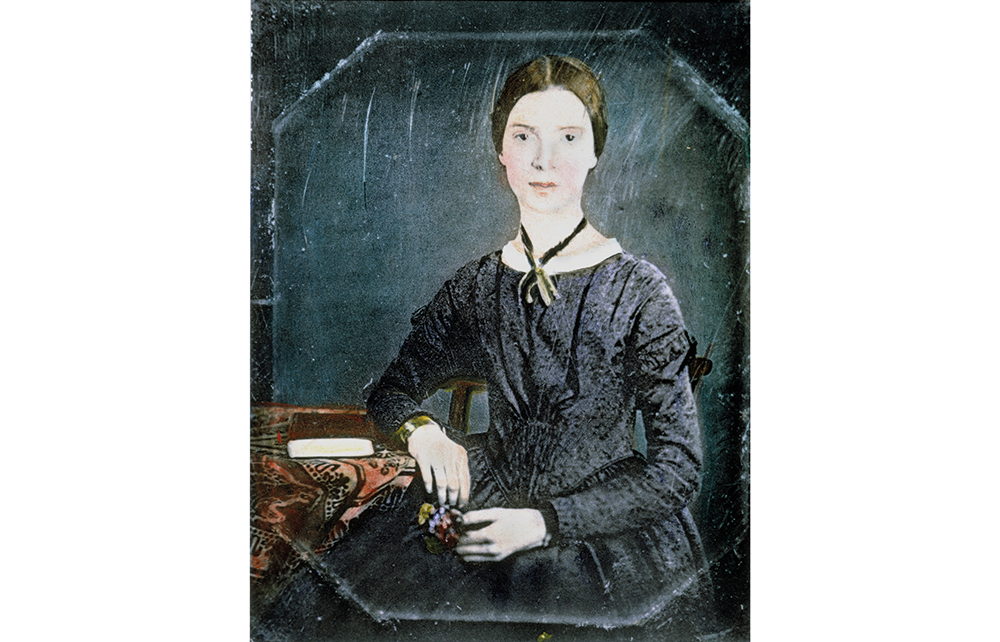This is fanciful, I know, but I can’t help wondering about the great poetry that will surely be written in the early 2060s. Think about it: in the early 1960s, Sylvia Plath had her great creative outpouring, waking at 4 a.m. each day to work on the ‘Ariel’ poems that would make her name. Exactly 100 years earlier, Emily Dickinson was in full spate, writing 295 poems in 1863 alone. (Her total oeuvre amounts to nearly 1,800 poems, most of them unpublished during her lifetime.) The concentrated intensity with which these two women produced their best work has the quality of a natural phenomenon: a butterfly migration, or a swarm of plankton ablaze with bioluminescence.
To read The Letters of Emily Dickinson is to experience this phenomenon in real-time. Cristianne Miller and Domhnall Mitchell’s edition is the first since Thomas H. Johnson and Theodora Ward’s in 1958. Along with 80 letters that have been discovered or radically re-edited, Miller and Mitchell have taken the inspired decision to add all of the 200-plus poems that Dickinson sent to various correspondents with no prose accompaniment (Johnson and Ward include just 24).

Get Britain's best politics newsletters
Register to get The Spectator's insight and opinion straight to your inbox. You can then read two free articles each week.
Already a subscriber? Log in







Comments
Join the debate for just $5 for 3 months
Be part of the conversation with other Spectator readers by getting your first three months for $5.
UNLOCK ACCESS Just $5 for 3 monthsAlready a subscriber? Log in